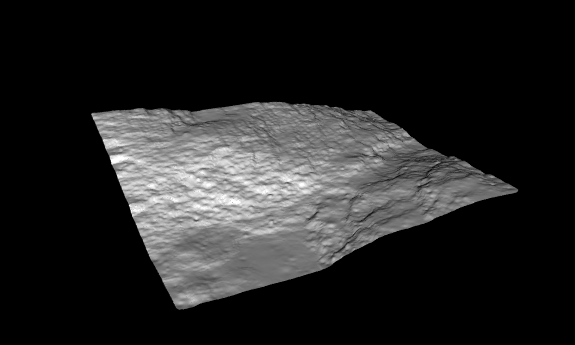I need to do some interpolations to create nice terrain models for the architects at my office. The TINGenerator isn´t enough in this case. I tested a script in R that makes an idw interpolation. My input data is pointcloud lidar data and my output/end result in FME should be a vector surface to use in cad or sketchup. I am using the lidR library in R.
Should I make a raster output from RCaller first and then create a terrain model? Do I need more librarys in R? My R script is :
library(lidR)
las = readLAS("C:/R/win-library/3.5/lidR/extdata/Topography.laz") dtm1 = grid_terrain(las, method = "knnidw", k = 6, p = 2 )
plot3d(dtm1) The plot in the end wouldn´t be useful in this case

How should I apply the code in RCaller with pointcloud as input and vector terrain model as wanted output? Other transformers after the RCaller could be useful?
Tobias










